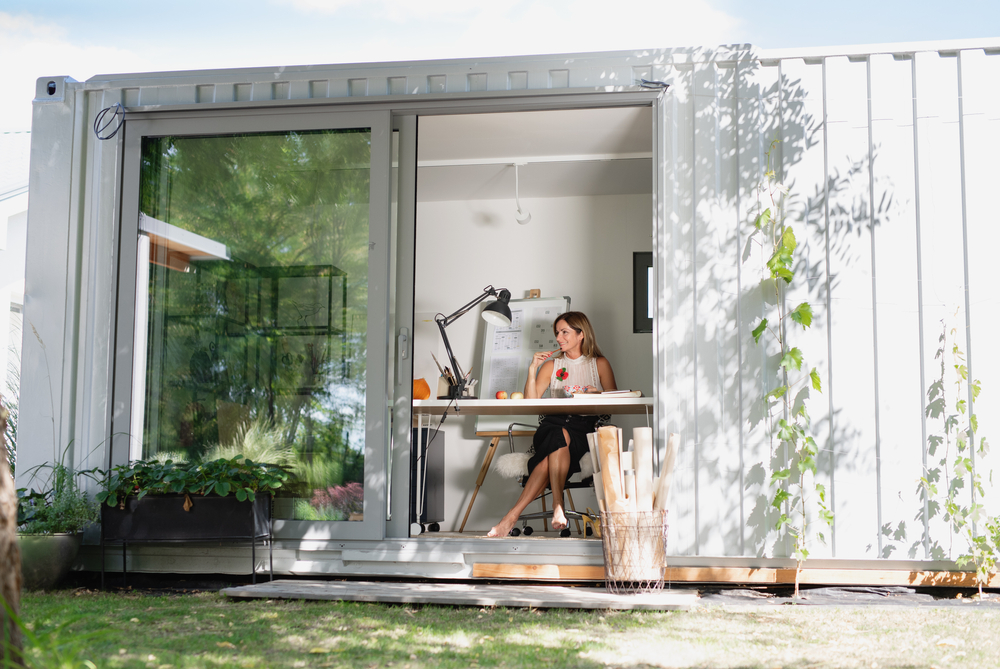With so many employees working from home full time for the first time, many scrambled to find a place to work. Not everyone had a home office, and the kitchen table only works for so long. Some have turned to a new solution: the tiny office.

Following the tiny homes trend, tiny offices are what they sound like: compact office spaces with room for one. Tiny offices are also often called “backyard offices” because that tends to be where they are installed. A recent survey by IPX1031 Insight Blog of 2,000 Americans sought to understand this interesting trend.
The Desire for Tiny Offices
Of those surveyed, 54% say they would consider buying a tiny office. The number is even higher among remote workers; 62% said they would consider buying such a work space. Additionally, 68% said they would be interested in renting instead of buying a backyard office. After all, working in a dedicated space is better than a thrown-together home office created ad hoc in a kitchen or living room.
On a Budget
While having a dedicated office is a great idea, it isn’t cheap. Price, however, is not much of a deterrent for those who want these work spaces. Twenty-six percent said they would spend less than $8,000 on such a space. Another 17% said they would spend between $8,000 and $8,999, and 20% said they would spend between $9,000 and $9,999.
Amenities of the Tiny Office
What can a tiny office offer that a home office or temporary work space can’t? Respondents indicated that their number one (68%) most sought-after amenity would be a window and natural light. Respondents were also excited about the possibility of heating and air conditioning (66%), a bathroom (54%), and a quiet setting (53%). Others were interested in solar power (34%) and an ergonomic setup (33%).
The Role of Employers
With so many people interested in renting or buying a tiny office, employer assistance with such efforts could be very popular. A partial reimbursement would be one approach. Another might be assisting employees with finding the resources they would need to buy or rent such an office.
Whatever the future holds, I think many would agree that a real work space would be a nice change of pace.
